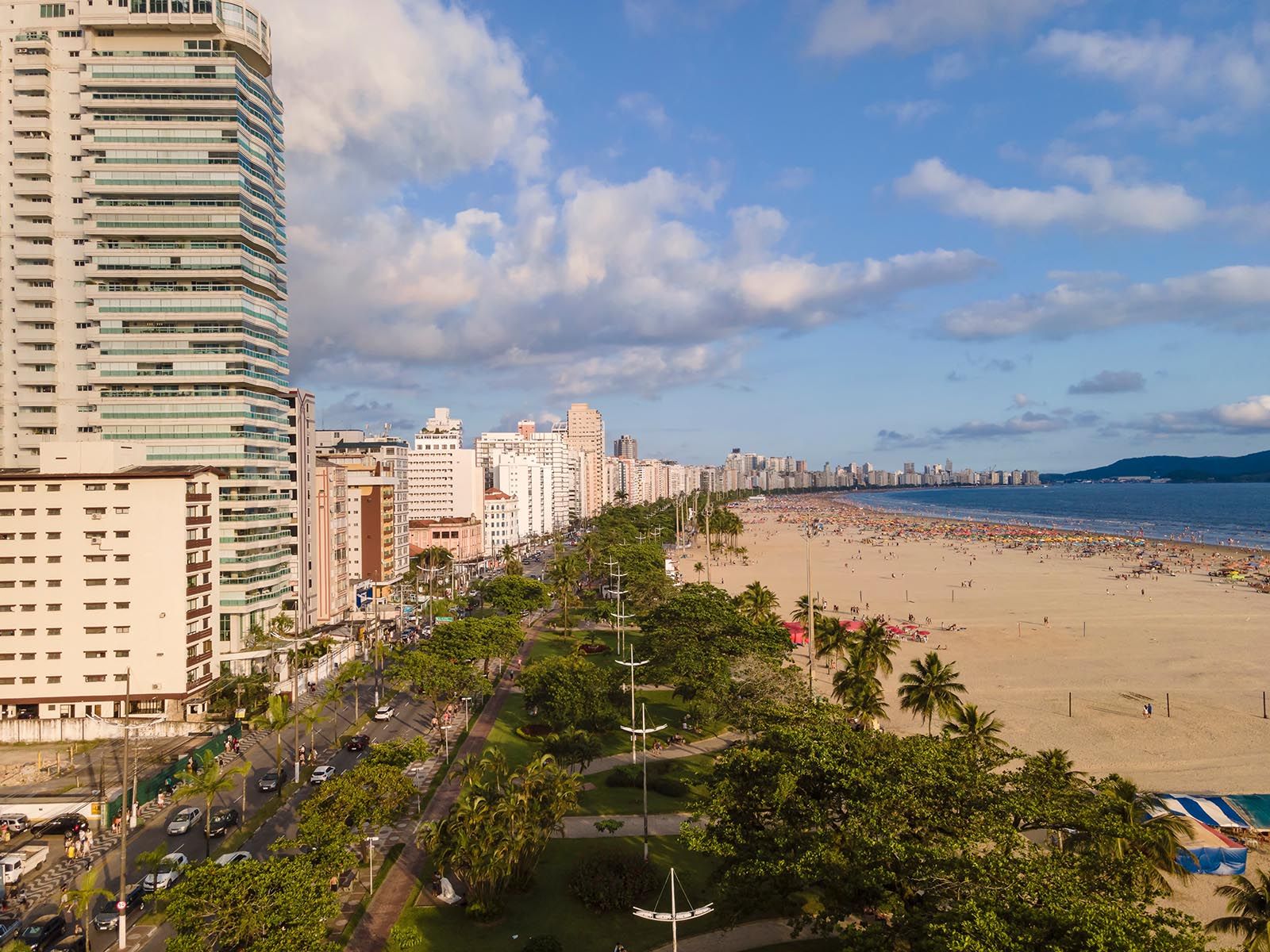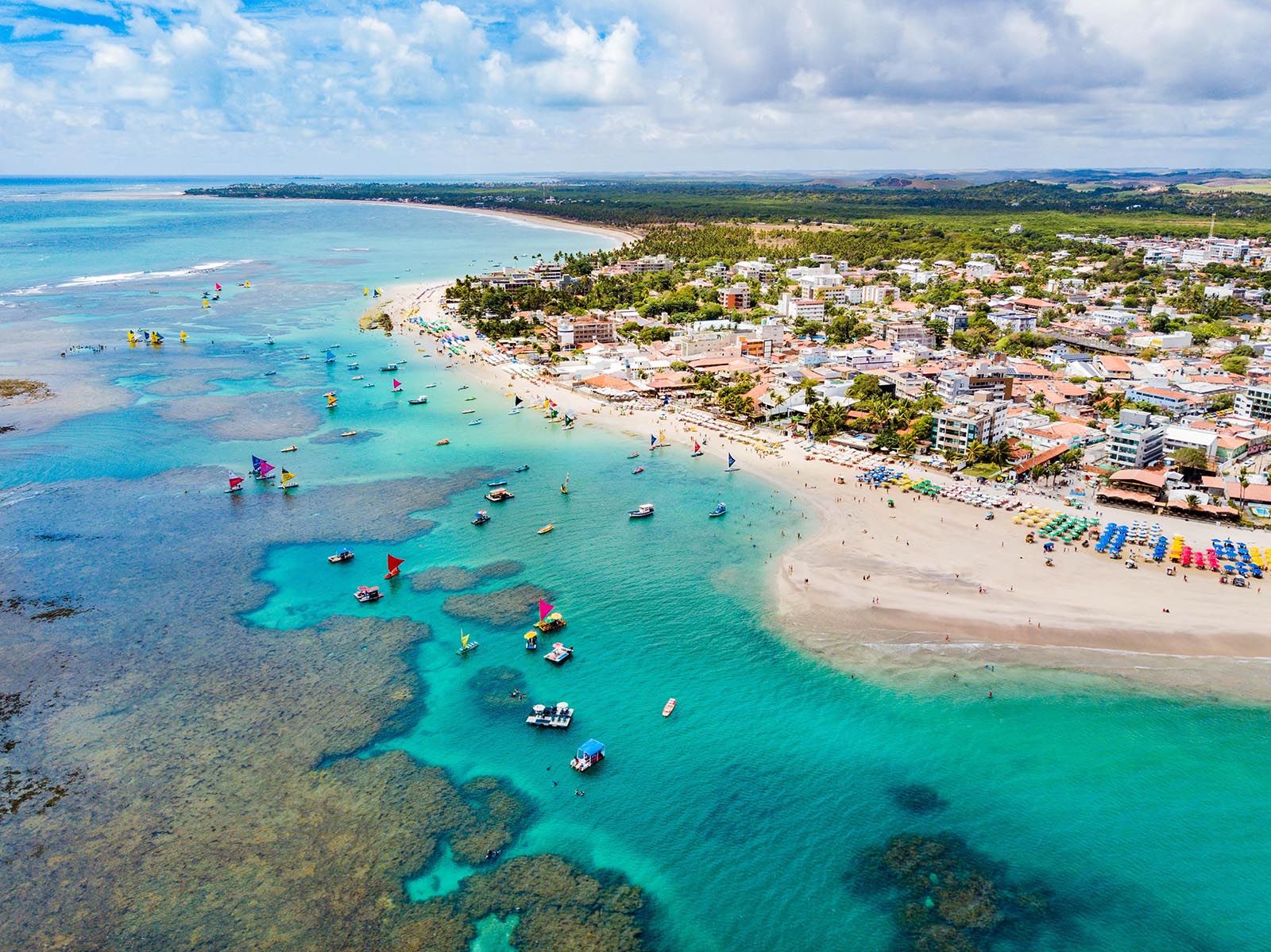6. Lopes Mendes, Ilha Grande, Rio de Janeiro state
The mountains of southeastern Brazil’s Atlantic forest drop into an emerald-green ocean, rising again offshore as a ripple of islands. The most beautiful of these is Ilha Grande – Big Island. Covered in dense tropical forest and completely roadless, the island is all about boat rides and hiking trails that lead to its string of untamed beaches.
Lopes Mendes is the most famous. It’s about a two-hour trek from the island’s only village, Abrãao, along a trail that climbs through monkey-filled trees, winds past warm, sheltered bays, and finally opens onto a wild, three-kilometre stretch of white sand. Backed by forest and pounded by open-ocean surf, it’s one of the most untouched spots on the island – a must for any Brazil itinerary that includes Ilha Grande.
How to get to Lopes Mendes
Take a ferry from Angra dos Reis or Mangaratiba to Vila do Abrãao on Ilha Grande. From there, hike the well-marked trail to Lopes Mendes (about 2 hours), or take a boat to Pouso and walk the final 20 minutes.
When to visit Lopes Mendes
Go between May and October for drier weather and calmer seas. Summer (December to March) brings heat, humidity, and bigger waves – better for surfing, but tougher for hiking.





















